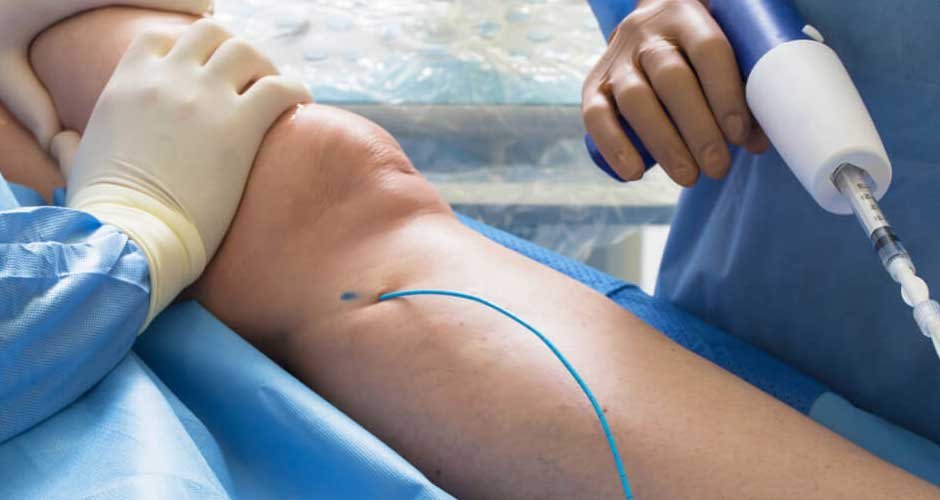Varicose veins are swollen and twisted veins, commonly found on the legs and feet, causing aesthetic issues and potential discomfort or health problems if untreated. While lifestyle changes and non-surgical treatments can help, some cases may need surgical intervention. This article discusses when to consider surgery, available options, their benefits and risks, and the importance of consulting a specialist.
Introduction to Varicose Veins
Varicose veins develop when the valves in veins that help regulate blood flow weaken or become damaged. This causes blood to pool and veins to enlarge. Factors such as aging, genetics, pregnancy, obesity, and prolonged periods of standing or sitting can increase the risk of developing varicose veins. Symptoms include aching pain, swelling, heaviness, and visible bulging veins.
Reasons for Considering Surgical Treatment
Surgical treatment may be considered for varicose veins when:
- Non-surgical treatments (compression stockings, lifestyle changes) have not provided sufficient relief.
- Symptoms are severe and interfere with daily activities.
- Complications such as skin ulcers, bleeding, or blood clots develop.
- There is a desire to improve the cosmetic appearance of the affected veins.
Overview of Surgical Options
Several surgical options are available to treat varicose veins, each with its own set of benefits and risks. Below are the most common procedures:
Vein Stripping and Ligation
Vein stripping and ligation is a traditional surgical procedure performed by a vascular surgeon, like those available in Tulsa, that involves tying off and removing the affected veins through small incisions.
Benefits:
- Effective for severe varicose veins
- Long-lasting results
Risks:
- Longer recovery time
- More discomfort compared to non-surgical options
- Risk of infection and scarring
Ambulatory Phlebectomy
Ambulatory phlebectomy is a minimally invasive surgical procedure where small incisions are made to remove varicose veins close to the skin’s surface.
Benefits:
- Effective for surface veins
- Quick recovery time
Risks:
- Possible bruising and swelling
- Small scars
Endovenous Laser Treatment (EVLT)
EVLT uses laser energy to heat and close off varicose veins. A laser fiber is inserted into the vein through a small incision, and the heat causes the vein to collapse and seal shut.
Benefits:
- Minimally invasive
- Effective for larger varicose veins
- Quick recovery
Risks:
- Bruising, redness, and swelling
- Rare nerve damage
Radiofrequency Ablation (RFA)
RFA is similar to EVLT but uses radiofrequency energy to heat and close off the varicose veins. A catheter is inserted into the vein, and radiofrequency energy is delivered to the vein walls, causing them to collapse and seal.
Benefits:
- Minimally invasive
- Effective for larger varicose veins
- Quick recovery
Risks:
- Bruising, redness, and swelling
- Rare nerve damage
Benefits and Risks of Each Option
Surgical Treatments
Benefits:
- Highly effective for severe cases
- Can provide long-lasting results
Risks:
- Longer recovery times
- More discomfort
- Risks of infection and scarring
Non-Surgical Treatments
Benefits:
- Minimally invasive
- Quick recovery times
- Effective for a range of varicose vein sizes
Risks:
- Mild side effects such as bruising and swelling
- Possible need for multiple sessions for optimal results
Conclusion
Now that you are aware of the surgical options available for treating varicose veins, it is important to consult with a specialist to determine which option is best suited for your individual case. While surgery may not be necessary in all cases, it can provide long-term relief and improve the appearance of varicose veins.


Comments are closed.